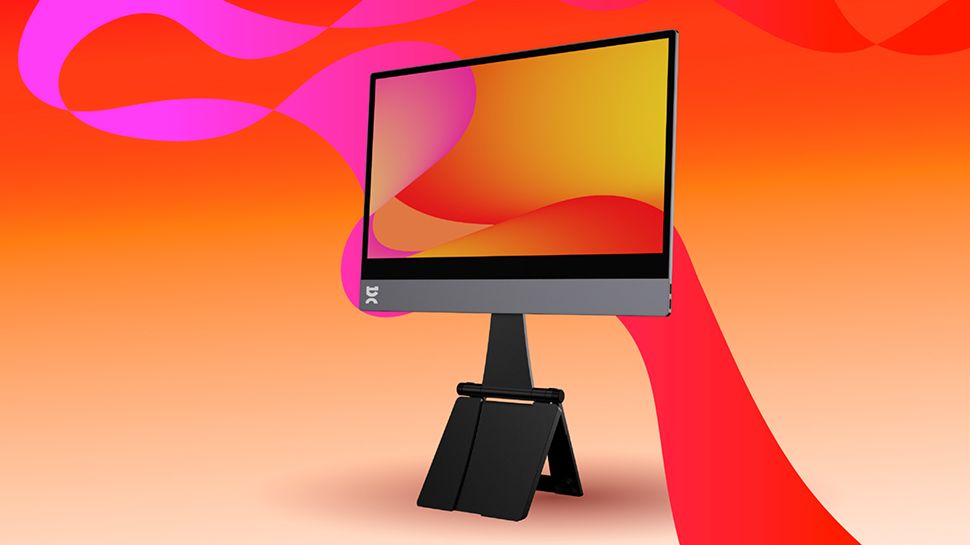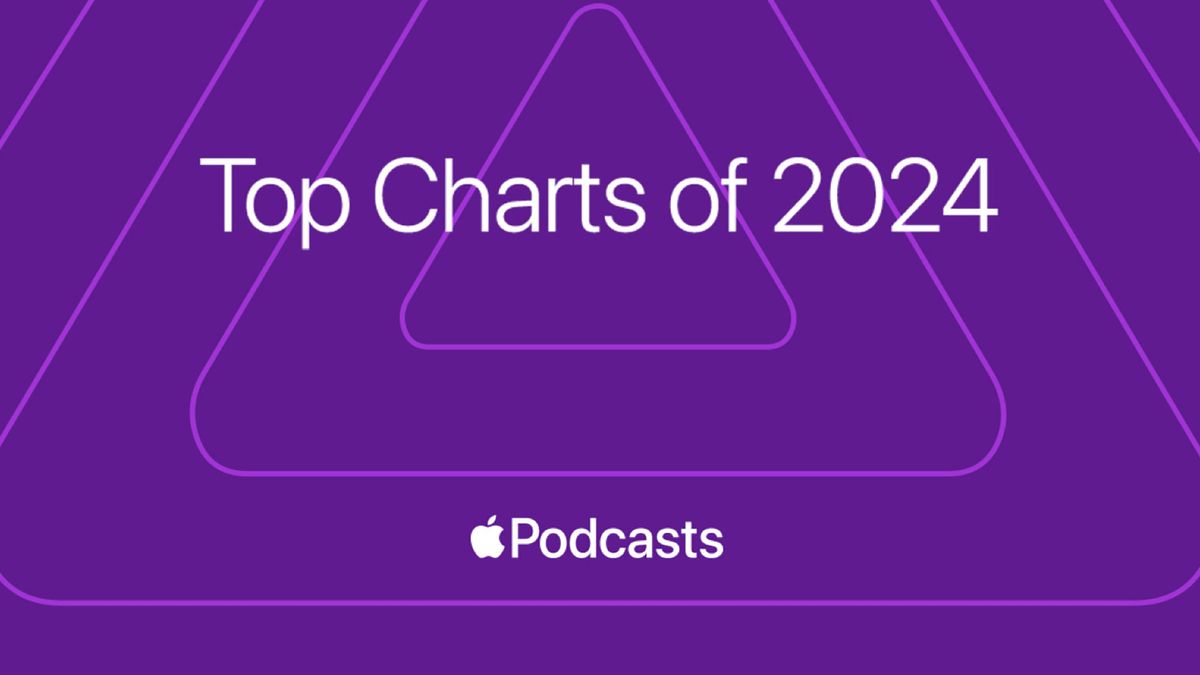If you look up at the night sky you might see some stars, even a bright planet and of course the moon. You won’t see galaxies and the billions of stars that share the universe with these brighter objects. That’s because studies show (opens in new tab) 80% of the world’s population lives under light-polluted skies. at CES 2023Unistellar features a smart telescope that seems to beat the light, revealing the wonders of the universe to everyone.
The new eQuinox 2 is a 400x telescope — an upgrade from the original model with a better photo sensor and wider field of view — that has no discernible buttons or controls. The grey, sleek optical device caught my eye on the first CES press night. At around two feet long, it’s obviously a stargazer, but the lack of physical controls might confuse you. It shouldn’t.
Unistellar showed me how to use the accompanying app (on a phone or tablet) to control the motorized telescope. On a tablet you can select the Orion Nebula and the smart telescope uses your phone’s GPS to know where it is on Earth and where to point the optics. I watched as they tapped a stellar object on the screen and the eQuinox 2 rotated to see the nebula.
Since we were in a convention hall, Unistellar couldn’t live demonstrate their secret sauce, but they walked me through a simulation.
I know this Unistellar smart telescope. The eQuinox 2 at 400x (optical) is $2500, but I kind of want it. It uses a smartphone or iPad app to take the guesswork out of astronomy and make the invisible visible. #CES2023 pic.twitter.com/OMnZcUZrRMJanuary 6, 2023
On an iPad screen, they chose them Whirlpool Galaxy (opens in new tab), and the telescope turned silently into position. After a few moments I saw an image on the screen but no galaxy. This is where it gets interesting. Due to light pollution, standard telescopes can struggle to see many astronomical objects unless you travel to the most remote areas.
eQuinox 2 uses Smart Light Pollution Reduction, an AI and algorithm-based system that digitally corrects the images to remove the effects of light pollution. The Unistellar rep pushed a button, and then I watched the image on the screen dissolve until we could see the beautiful, tiny, swirling galaxy millions of miles away.
“It wasn’t that it wasn’t there, we had to clean it up with an algorithm to make it accessible,” Unistellar’s rep told me. He added that it was hidden because of light pollution but also because it’s a faint object. What’s not entirely clear is how much of what the eQuinox 2 shows you with Smart Light Pollution Reduction is optical and what’s a digital invention of the algorithm based on what the galaxy looks like.
The app comes preloaded with 500 celestial objects and suggestions for finding more objects, but you don’t have to manually adjust the telescope to find them. eQuinox 2 is 100% app controlled. That probably makes it a good choice for amateurs, but maybe not for semi-professional astronomers.
eQuinox 2 is available for pre-order now for $2,499 (€2,499 in Europe) and will ship in early 2023.
Check out ours CES 2023 Hub for breaking news from the show as it happens. We cover everything from 8K TVs and foldable displays to new phones, laptops and smart home gadgets, so stay with us for the big stories.





![Arcane season 2 act 3 ending explained: is [SPOILER] dead, is there a post-credits scene, will there be a season 3, and more of your biggest questions answered](https://cdn.mos.cms.futurecdn.net/eigNZzwmEEgjNReJf2UgzQ-1200-80.jpg)